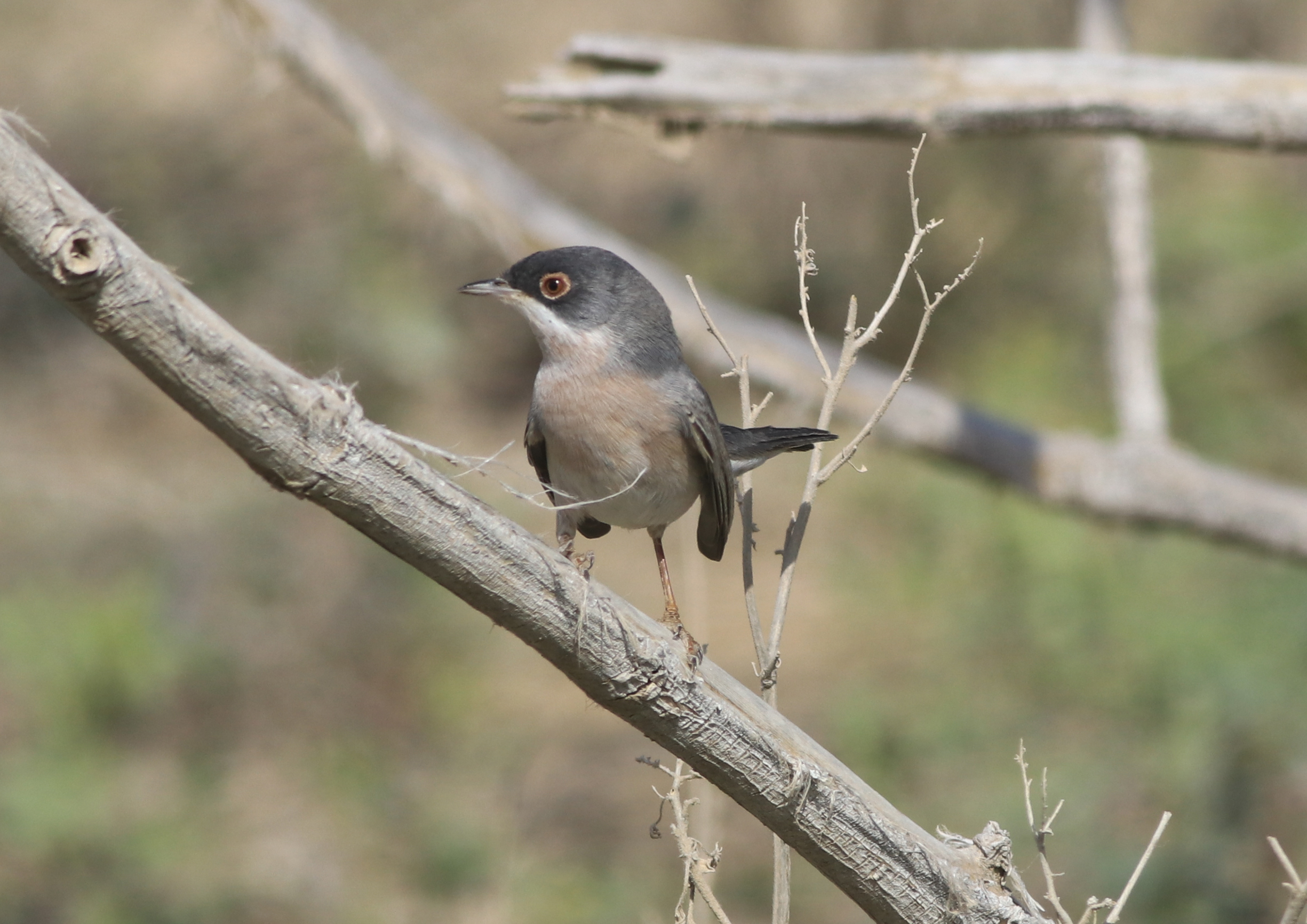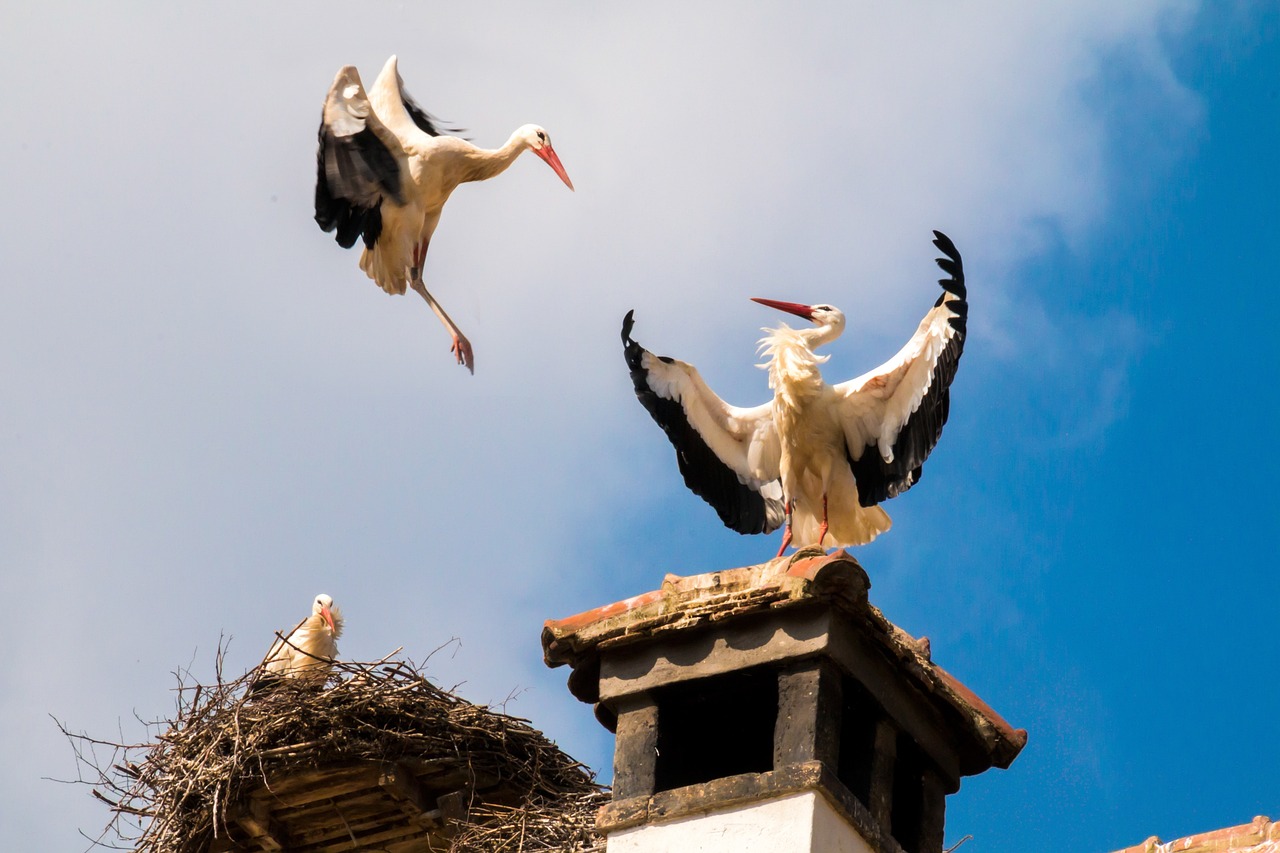
The species is extremely rare throughout Europe, with only two recorded occurrences to date.Continue reading

Spring is approaching, and with it comes the return of the storks from their winter nesting grounds. E.ON Hungária Group is prepared for the feathered guests and has taken numerous measures to protect the animals. A total of 3,200 nests are ready for the stork pairs in Budapest, Transdanubia, and Pest County, the company announced.
This year’s bird protection projects of the E.ON Hungária Group will cost hundreds of millions of forints, fully financed by the energy company operating the power grid in Transdanubia, Budapest, and Pest counties. The company has laid power lines underground in the vicinity of some landfills, and is also installing new nests and new nest boxes on high-voltage poles for kestrels and falcons.
The company has planned to make more than 250 pylons bird-friendly this year, with some of the work to be completed before the arrival of the storks.
The poles will be fitted with bird-friendly surfaces, long insulators, and bird perches to ensure safety.
New nest boxes will be installed on the poles to help the storks breed, of which over 100 will be installed this year. Nests damaged in the storm will be rebuilt, while those that are too heavy and in danger of falling down will be repaired by conservationists.
This year, at least 3,200 nesting sites are already waiting for stork pairs on E.ON’s power grids in Transdanubia and Pest county, the statement said, recalling that in 2024, 548 chicks were ringed in Transdanubia with the electric utility company’s help.
E.ON intervenes around abandoned nests during the autumn-winter months, when most nest construction, nest repair, and bird-friendly network modifications are carried out. Nest relocations are always carried out on the basis of prior consultation and on the advice of bird conservationists from the national parks, the company said.
Via MTI, Featured image: Pixabay